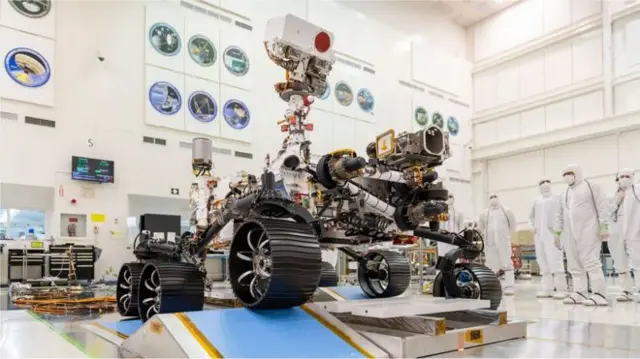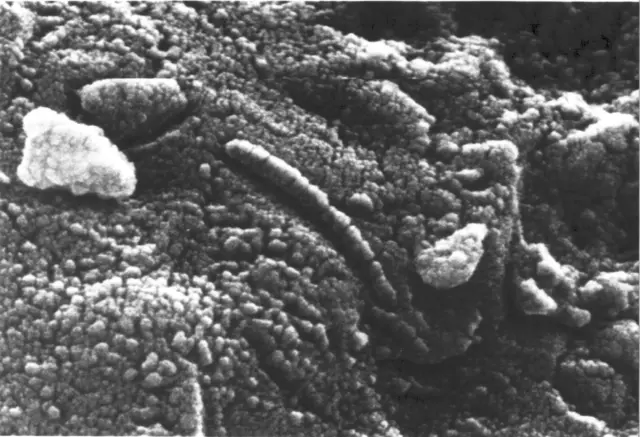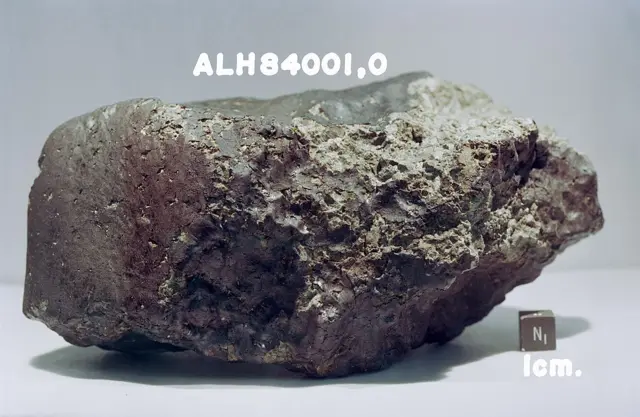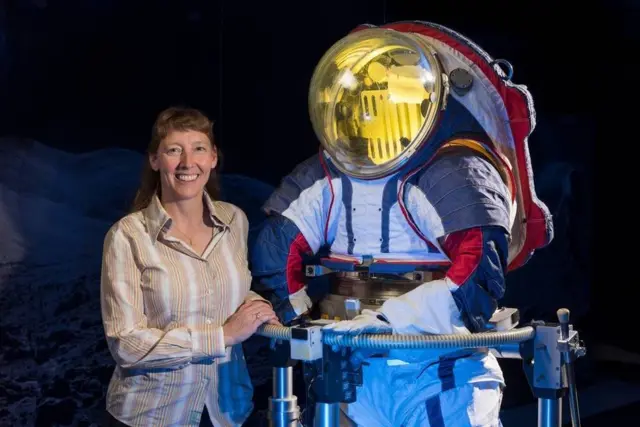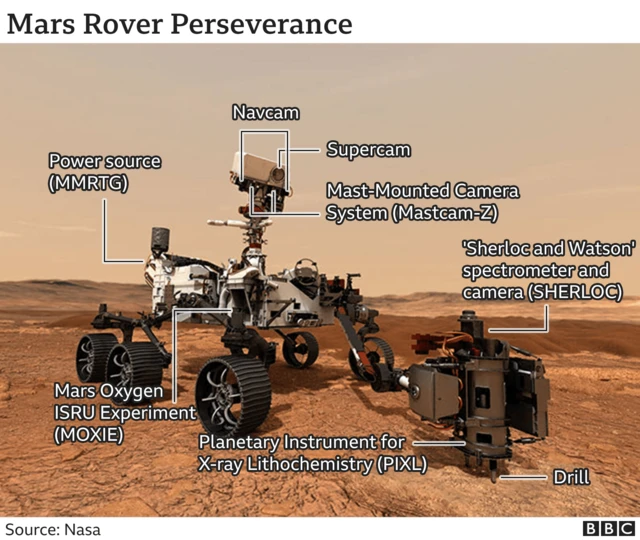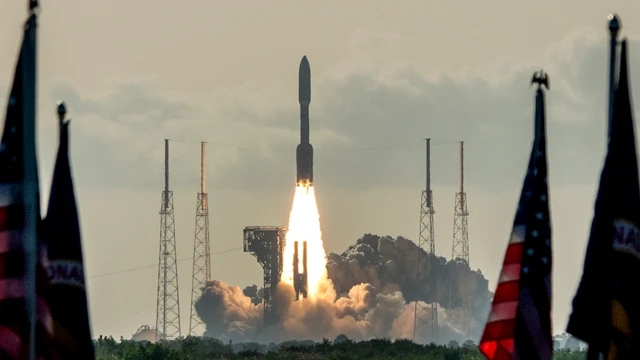The 'first interplanetary cargo ship'published at 15:33 BST 30 July 2020
 Jonathan Amos
Jonathan Amos
Science correspondent, BBC News
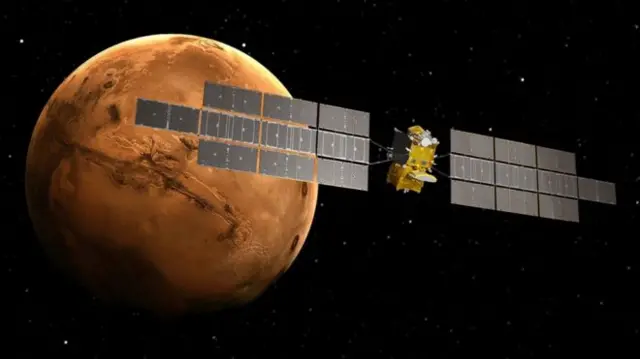 Image source, Airbus
Image source, AirbusArtwork: The Earth Return Orbiter will weigh over six tonnes and have a 39m solar wingspan
Airbus-France will build the huge satellite that brings the first Martian rock samples back to Earth.
This material will be drilled on the Red Planet by the US space agency's next rover, Perseverance, before being blasted into orbit by a rocket.
It'll be the Airbus satellite's job to grab the packaged samples and then ship them home.
The joint American-European project is expected to cost billions and take just over a decade to implement.
But scientists say it's probably the best way to confirm whether life has ever existed on the Red Planet.
Any evidence is likely to be controversial and will need the powerful analytical tools only found in Earth laboratories to convince the doubters, the researchers argue.
"This is not just twice as difficult as any typical Mars mission; it's twice squared - when you think about the complexity involved," said Dr David Parker, the director of human and robotic exploration at the European Space Agency (Esa).
"And this satellite that Airbus will build - I like to call it 'the first interplanetary cargo ship', because that's what it will be doing. It's designed to carry cargo between Mars and Earth," he told BBC News.
